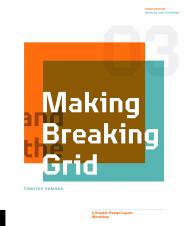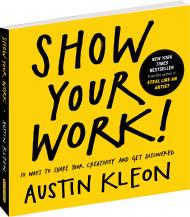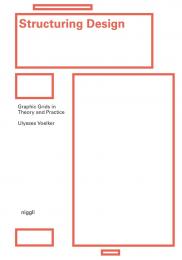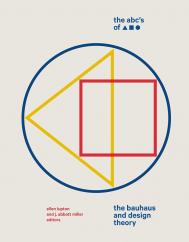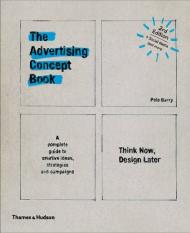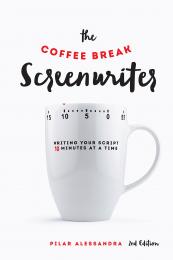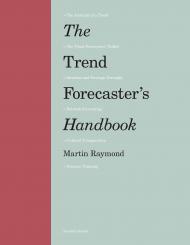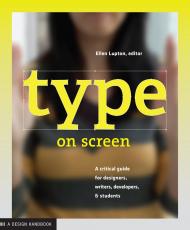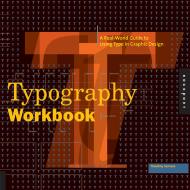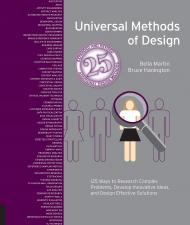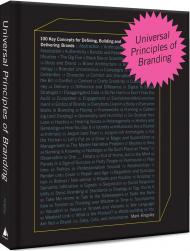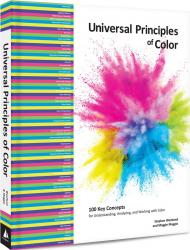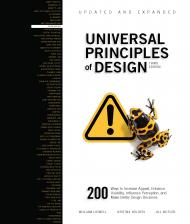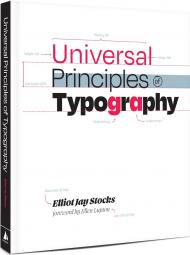Take your design work to the next level with Making and Breaking the Grid: A Graphic Design Layout Workshop (Third Edition), the essential easy-to-use guide for designers working in every medium.
With over 150,000 copies in print, this new edition makes a classic text relevant to a new generation of designers. Updates include:
- A cross-cultural inclusive re-envisioning of design history related to the grid, including alternative approaches to layout
- Expanded discussion of grid use in interactive, UX/UI scenarios
- Greater equity in the representation of design work by women and BIPOC designers
Grids are the most basic and essential forms in graphic design — and they can be the most rigid. This book shows you how to understand the rules of the grid to use them effectively, and then how to break them, resulting in phenomenal cohesive layouts. Timothy Samara explains the history of the grid and shows examples of grid basics, such as column, compound, and modular grids. He shows methods for building and using grids, and offers numerous examples of stunning design projects using a variety of imagery and typography.
Pages are filled with hundreds of large, full-color layout concepts and diagrams that educate and inspire. After mastering the grid, discover how to break it using conceptual designs that deconstruct and flip the grid successfully. Split, splice, and shift; create spontaneous compositions; make narrative constructs; work on an axis; use intuitive design; and more to create unique layouts or other projects. See ideas in action with eye-catching layout examples.
With this book you will:
- learn how grids work.
- be inspired to explore new concepts for using — or not using — grids.
- discover achievable alternatives for boring layouts.
- get the results you want using fresh design elements.
- learn designers’ processes via fascinating case studies.
- see numerous examples of successful layouts created with and without grids.
- communicate ideas effectively using visual language.
This new, expanded edition presents the most comprehensive, accessible, in-depth exposition of layout concepts ever published.
About the Author:
Timothy Samara is a graphic designer based in New York City, where he divides his time between teaching, writing, lecturing, and freelance consulting through STIM Visual Communication. His 18-year career in branding and information design has explored projects in print, packaging, environments, user interface design, and animation. He has been a senior art director at Ruder Finn, New York’s largest public relations firm, and senior art director at Pettistudio, a small multidisciplinary design firm. Before relocating to Manhattan, he was principal of Physiologic in Syracuse, located in upstate New York.
In 1990, he graduated a Trustee Scholar from the Graphic Design program at the University of the Arts, Philadelphia. Mr. Samara is a faculty member at New York’s School of Visual Arts, New York University, Purchase College/SUNY, and The New School, and has published six books on design and typography, all through Rockport Publishers: Making and Breaking the Grid; Typography Workbook; Publication Design Workbook; Type Style Finder; Design Elements; and, most recently, Design Evolution, released in January 2008. Mr. Samara and his partner live in the Williamsburg neighborhood of Brooklyn.
____________
Пролистать книгу Making and Breaking the Grid, Third Edition: A Graphic Design Layout Workshop на Google Books.
